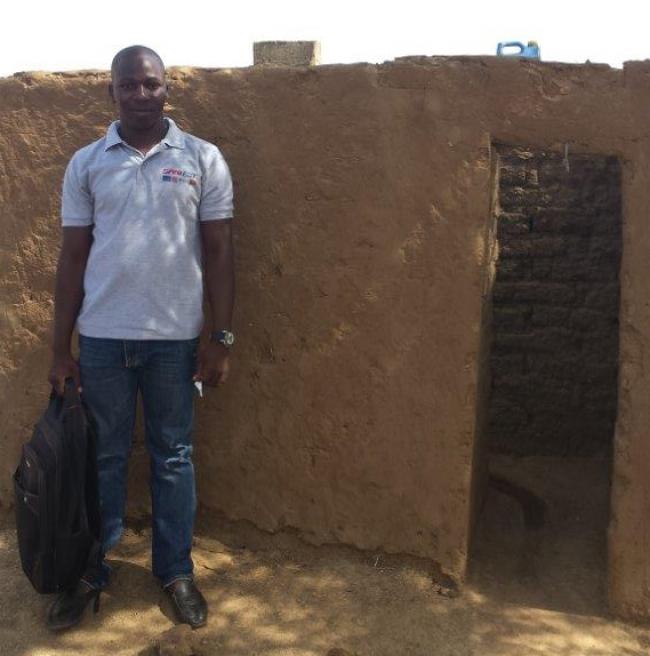Three takeaways from a field visit to a rural sanitation project in Burkina Faso.
Published on: 04/07/2016

By Marielle Snel and Hilaire Dongabada
The SaniFaso project aimed to eradicate open defecation in 12 partnering communes (the lowest level of administrative division) in Burkina Faso. This four-year rural sanitation project, which started in December 2010, constructed 16,000 latrines, trained local masons and carried out hygiene promotion campaigns. It was funded by the European Commission (EC) and implemented by the French NGO Eau-Vive, in association with WaterAid Burkina Faso, Helvetas, GIZ/PEA and IRC.
Following up on SaniFaso, the EC funded another four-year rural sanitation project in 2014: SaniEST. This €3.3 million project aims to create better hygiene and sanitation for 100,000 people in six rural municipalities in Gnagna, in the eastern region of Burkina Faso.
In May 2016, we undertook a field mission to better understand the sanitation and hygiene costs (reviewing the expenditures/costs using the life-cycle cost approach (LCCA) framework) and assess financing gaps and challenges. We developed a questionnaire to gather information on costs around improved sanitation facilities and hygiene outreach activities. The questionnaire also covered planning, monitoring and coordination of improved capacities for local sanitation service providers. We did a pilot test of the questionnaire in Bogande, the North Eastern part of Burkina.
There are three key messages from this experience:
Key message 1: We have found that the life-cycle costing tool is a very user friendly tool that helps assess costing in a practical manner. Although this may not seem to be a major finding, for those who are not as familiar or comfortable with reflecting on the more quantitative side of WASH, they will be pleasantly surprised at the user friendliness of this tool. For a quick overview refer to the following links:
Key message 2: We have a tendency to make over-complicated questionnaires. Once again we see how critical it is to go into the field and pilot our work. Inevitably you get to see “the reality” which is all too easy to forget once we are back in our comfortable air-conditioned offices. The message here is to really focus on simplifying your questionnaires and at the same time keeping your target objective and testing (and then again testing!) the pilot questionnaire before actually starting any form of data collection.
Key message 3: We tend to learn more from those whom we are trying to help than the other way around. Once in the field we saw numerous simple sanitation and hygiene innovations developed by the people in the communities. There were several solidly-built brick-lined pit latrines with strong wall superstructures using locally made bricks within their compound area where the households reside. We also saw a variety of creatively designed tippy tap handwashing facilities. All in all, it was an honour and privilege to go to these communities - it does make you realise that maybe we learn more from them on these visits, than that they do from us.
At IRC we have strong opinions and we value honest and frank discussion, so you won't be surprised to hear that not all the opinions on this site represent our official policy.